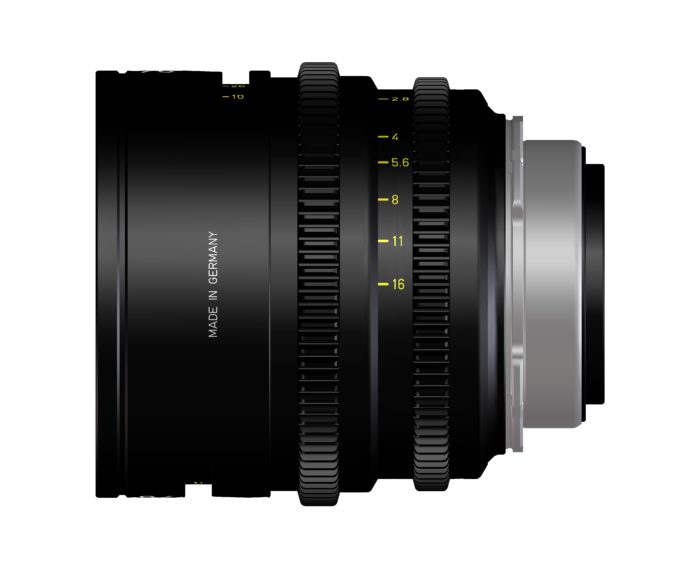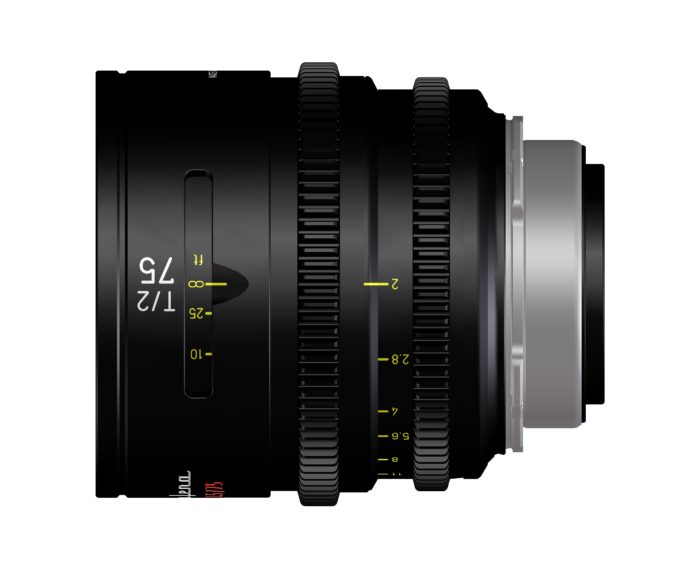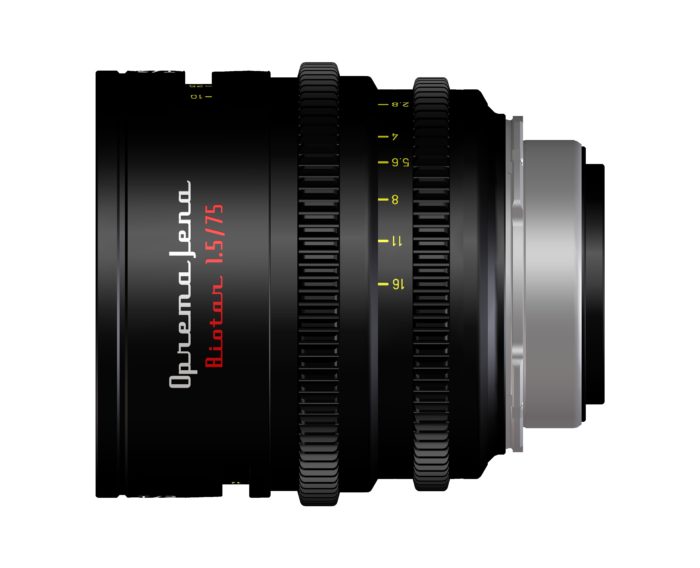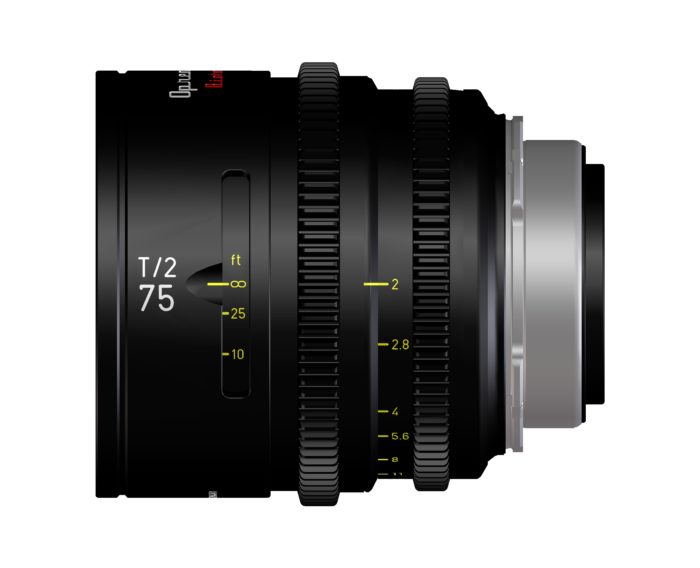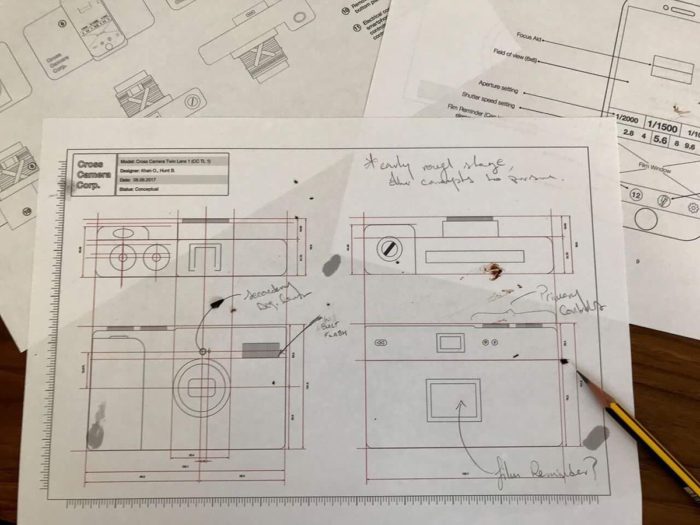Lightest Drone ever is made of paper and got a lot of $$$ on Kickstarter

This is thelightest drone camera ver. It’s made of paper and it’s so light that it needs no FAA registration or any kind of license to fly. And the project got founded with a staggering $800.000+ !!!
